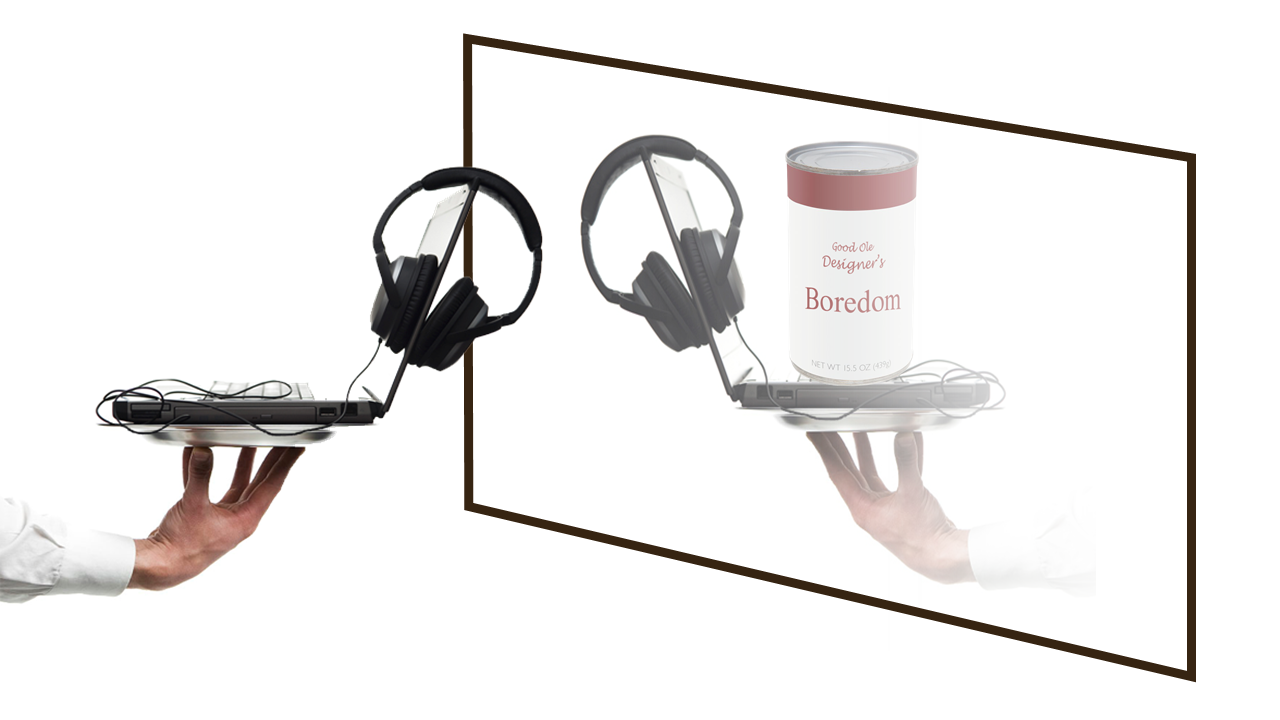-
Partner Services
- Curriculum Design & Development
- Faculty Development
- Instructor Staffing Services
-
Case Studies
- Colleges and Universities
- Columbus Council on World Affairs
- Nationwide
- Ohio Society of CPAs
- Supreme Court of Ohio Judicial College
- Degrees & Certificates
-
About Us
- Our Team
- Blog Archive
Categories
Authors
Archived Articles

O Designer, Look in the Mirror
What chef ever made a meal that he or she would not be happy to eat or was doubtful the paying customer would relish? It may happen but it is likely rare. People in the profession of cooking and creating excellent meals take pride in their work to satisfy their customers. They strive for the joy of those they serve.
Of course, some customers are easier to please than others. It is similar in education. Some learners are much more motivated than their peers (Allen, 2016). Self-motivated people will learn in most any circumstance, even in the face of poor instruction (Allen, 2016). They will “eat it up” and likely find their own ingredients to make it palatable in the process – just to get the nutrients and strength out of it – so to speak. Others need much more help to find the motivation needed to learn (Allen, 2016) and become lifelong learners. Michael Allen (see Caceres, 2015) declared that the best universities typically admit self-motivated learners. He went on to make the bold assertion that:
[Top schools] can brag about their entrance examinations and I think all they are saying is ‘We have the easiest task in the world [be]cause we only admit students who don’t need us very much. They can learn on their own.’ But the institutions that really have expertise are the ones that can help each individual, perhaps those that need a lot help.
Allen is, of course, one of the pioneers of the elearning industry and a current leader in the field of instructional design. His thinking fits with what we often see in Research I universities: an emphasis on research and publication rather than on teaching. At Research I universities, graduate students commonly do the teaching so that professors can further investigate problems, win funding, and publish results. However, even at institutions that have the mission to teach students, priorities beyond research and publications can be just as disruptive to good instructional design.
Allen has coined the phrase “meaningful, memorable and motivational” with respect to what makes instruction excellent (Allen, 2016). The attribute of motivation is the key to the formula of great instruction (Allen, 2016).
Allen (2016) also shared, among other things, seven strategies for successful instruction. I find all seven to be highly enlightening. His first strategy, however, is particularly refreshing. Allen offers a challenge for designers to always ask: “Would you like to learn from this?” (Allen, 2016). That is, would you enjoy learning the material with the design you created? Or, is your design motivational to you? What a great self-check! Yet, how often do we really examine our work in this way? If we ask this question of ourselves and answer honestly, we will help our learners significantly.
We are quick to call out subject matter experts or others we work with when they seek to drive course development with content rather than skills the learners are to master. We also chastise the thought of students just trying to get through a course to check it off their list of requirements rather than really learn. However, we must continuously call ourselves out if we let deadlines or factors other than good instruction drive our design. Certainly, we must respect deadlines and work within their parameters. In some cases, we must make concessions where we have to get a course out the door sooner than we might like. However, even in those cases, if we start out by putting ourselves in the position of the learner by asking whether we would like to take the course we are creating, we will do much to improve our work.
So, I pass along the challenge from Michael Allen: “Would you like to learn from [your design]?” Ask it from the outset of your work. Ask it often, answer honestly, and make adjustments as needed. Your offerings will likely be more palatable and your paying customers will be much more satisfied. You may even spark the desire for lifelong learning in some of them.
References
Allen, M. W. (2016). Michael Allen’s guide to elearning (2nd ed.) Hoboken, NJ: Wiley & Sons, Inc.
Caceres, R. (Producer). (2015, March 23). October Obsession. Michael Allen Engaging eLearning. Video retrieved from https://www.youtube.com/watch?v=yDbv0Ae2Gg0
Image References
Best Gear. (2017). The 5 best laptop headphone [Online image]. Retrieved from http://bestgear.org/the-5-best-laptop-headphones/
Inbound Logistics. (2015). Restaurant logistics: Serving up the perfect meal [Online image]. Retrieved from http://www.inboundlogistics.com/cms/article/restaurant-logistics-serving...
Wise Geek. (2017). A generic brand is often cheaper than the name brand [Online image]. Retrieved from http://www.wisegeek.org/what-are-the-pros-and-cons-of-buying-generic-bra...
About the Author
Matthew BarclayDr. Matt Barclay is a member of the Instructional Design Faculty at Franklin.
Copyright 2025 Franklin University